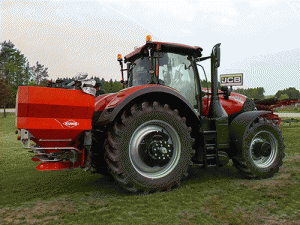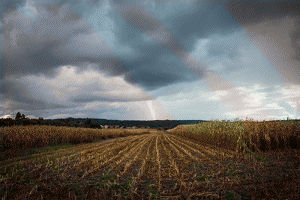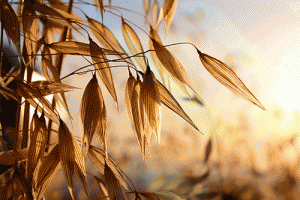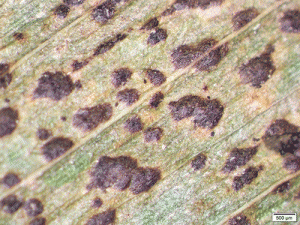Late nitrogen insights
ANSWERS TO KEY QUESTIONS
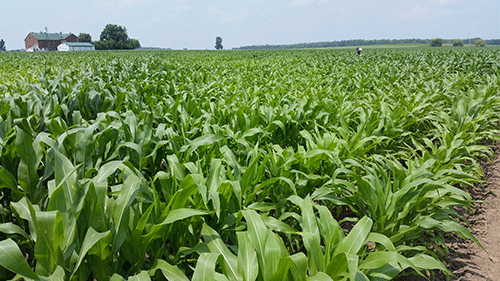
THERE IS UNPRECEDENTED interest and investment in applying nitrogen (N) on corn later in the season. By later, we mean applications that are beyond the traditional planting or sidedress timings and generally between the V10 to VT (tassel emergence) stages. Some key questions and answers have been gradually coming to light as we aim to shift more of the corn crop’s N supply to later in the season.
If the total amount of N applied is consistent across all strategies, do later N applications consistently out yield earlier N applications?
The answer to this one is no. If you look across a range of data from Ontario and the Corn Belt states you certainly can find instances where the later N application is significantly better, but on average, if you factor in some additional cost for late season N applications then the timing strategies are often quite close in terms of net returns.
Split applications, where some of the N is applied in the planting window and the remainder is applied either as a sidedress N or a late N application, are often better in terms of yields and economics; but again, the advantage is not large. If your late N strategy is to simply take the 150 lbs that you are currently putting down at planting time and split it 75 lbs/acres on April 25 and 75 lbs/acre on June 20, you will generally be better off, but the improvement may be on average, across years, relatively small (i.e. $10 – $15 per acre).
SO HOW DO I WIN BIGGER WITH LATE N APPLICATIONS?
The key to improving potential net returns is to ensure that the N rate that gets applied is adjusted for seasonal conditions. In some years, this will mean applying more than expected based on traditional rate approaches, and in some years, less. When these “late” N rates track N supply and demand more closely, then improvements in net returns may well be more in the $25 – $50 per acre range.
For example, suppose a grower applies 125 lbs/acre as the planting time base rate, then this grower monitors rain fall, soil nitrate, crop NDVI, and yield potential and comes to a conclusion that no additional late N is required as opposed to the traditional 50 additional lbs that he or she normally applies. In this situation, if yields slip four bushels per acre because no additional N was applied and product and application costs add up to $50 then net returns improve by about $30 per acre. In contrast, if the signals (i.e. lower soil nitrate, high rainfall, etc.) indicate a need for more N than normal, then the grower applies 80 lbs additional N. Experience indicates that in the years when residual N supply is low, or when losses have been higher, that yield increases can easily increase net revenue even with above average investment in late nitrogen.
Perhaps the single biggest advantage to applying N later in the season is that growers can become increasingly more informed and can make better N rate decisions.
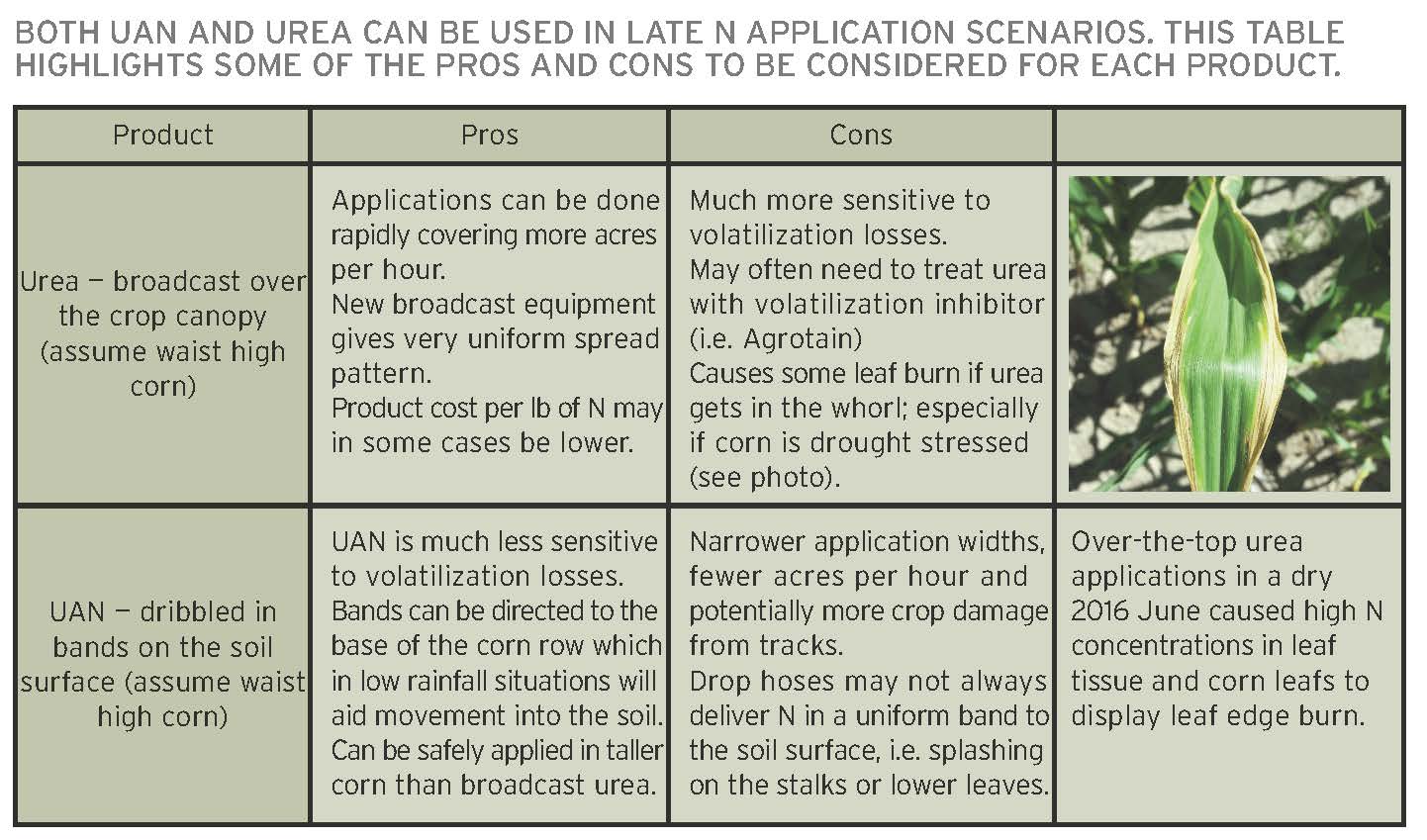
CAN N BE APPLIED TOO LATE FOR CROP UPTAKE?
There is evidence that if late N is applied to the surface of the soil and the soil is dry and little rainfall is received after application then the N may not make it into the plant in time for maximum yield improvement. In 2016, It appeared that some of the later N (i.e. applied July 20 – July 25) was too late to do any good considering the dry weather and dry soils. Surprisingly the rains that came in the August 10 to August 15 window changed things considerably and that late N in some cases boosted yields significantly.
Generally, however, there are few advantages to really late N (i.e. just prior to tassel). That is, if we have made a well-informed rate decision on July 5 it likely will not improve much by July 15 or July 25; and the risk, especially in a dry season, increases.
Greg Stewart is an agronomist with Maizex Seeds Inc. •









